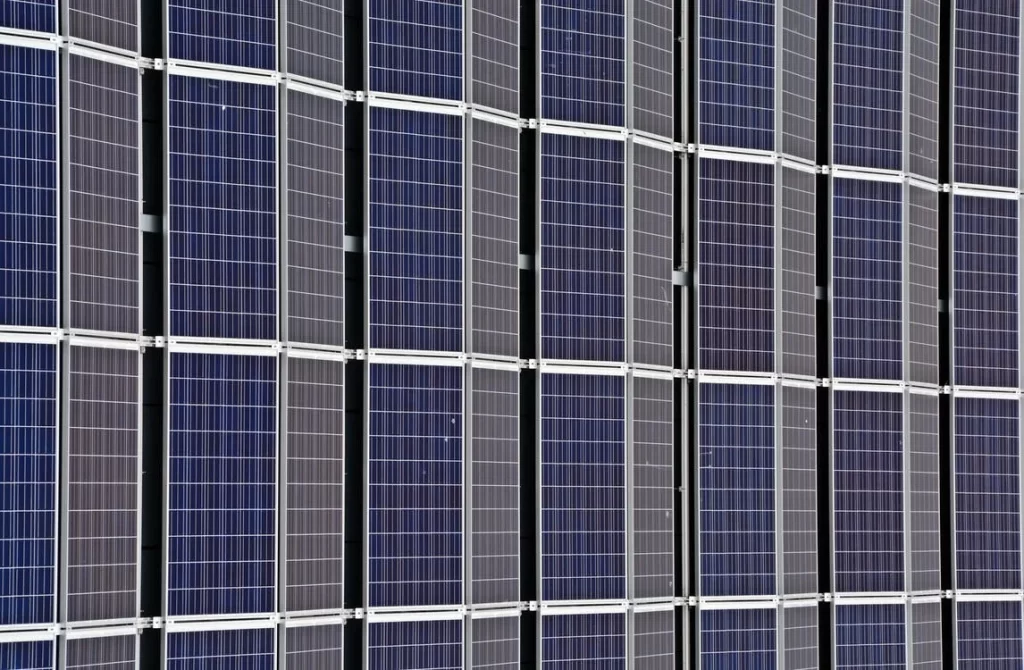The market for solar module prices is experiencing turbulence, especially with p-type modules witnessing a significant drop. Despite widespread speculation of price hikes, recent tenders tell a different story, concealing potential risks beneath the surface.

Xinhua Hydropower’s recent tender, segmented into three lots, revealed a remarkable plunge in p-type module prices, hitting a record low of just 0.7595 CNY/W.
The three lots require different types of solar modules, with a total scale of about 9 GW.
For lot 1 which requires 1 GW of p-type 182mm modules, a total of 38 companies participated, with bidding prices ranging from 0.7595 to 0.8625 CNY/W, averaging 0.8186 CNY/W.
Lot 2, which requires 1 GW of p-type 210mm modules, attracted participation from 28 companies, with bid prices ranging from 0.777 to 0.883 CNY/W, averaging 0.8222 CNY/W.
For lot 3 which demands 7 GW of n-type modules, a total of 45 companies participated, the highest number among all. Bid prices ranged from 0.822 to 0.958 CNY/W, averaging 0.868 CNY/W.
In contrast, China National Nuclear Corporation (CNNC) Nanjing’s tender focused exclusively on n-type TOPCon modules, with a projected procurement scale of 1 GW. On the pricing front, 21 companies submitted bids ranging from 0.83 to 0.93 CNY/W, averaging at 0.884 CNY/W.
The bidding prices of the two tenders reveal that the overall trend for both p-type and n-type products is downward. In the Xinhua Hydropower’s tender, 8 companies bid prices below 0.8 CNY/W. The lowest bid, at 0.7595 CNY/W, broke industry records.
While major brands have largely maintained stable pricing amidst this volatility, smaller players have resorted to aggressive pricing strategies, potentially sacrificing profitability.
The tender prices observed in this cycle have fallen short of expectations, highlighting the industry’s urgency to prioritize production continuity and cash flow over profit margins, a strategy fraught with inherent risks.


